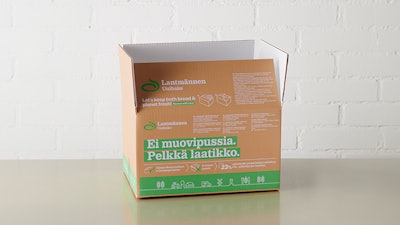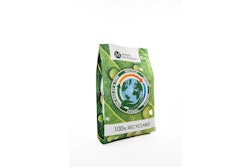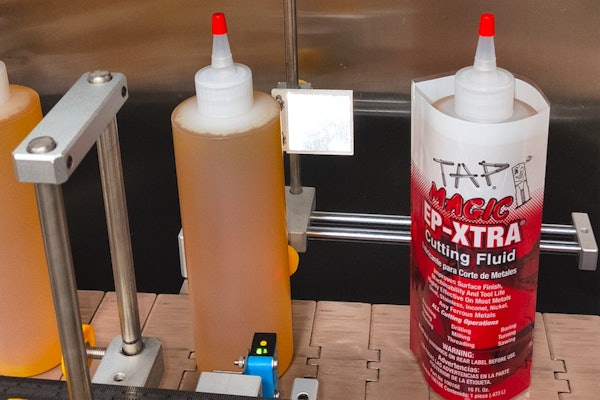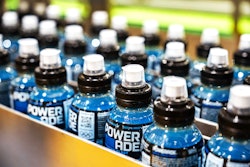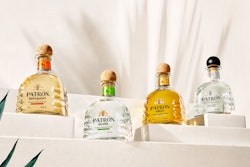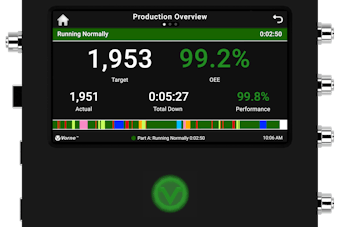In the realm of frozen bakery goods, the challenge of maintaining product freshness while reaching sustainability goals has led companies to explore alternative packaging solutions. Denmark-based Lantmännen Unibake, one of Europe’s largest bakery groups specializing in fresh and frozen bakery products for retail and foodservice markets, has recently made strides in this area by adopting new paper-based packaging for its pre- and fully-baked loaves of frozen bread, replacing traditional plastic bags.
Reflecting on the impetus for the change, Riikka Salokannel, packaging development manager for Lantmännen Unibake Finland, shares that the company is committed to the United Nations Science Based Targets (SBTi) initiative, with its main goal to reach net zero greenhouse gas emissions across the value chain by 2050.
Salokannel’s expertise in packaging design and development led her to be a driving force behind the initiative. “I was following the development of packaging papers for bread bags and noticed that there are some new plastic-free materials with barriers available,” she says. “During my long packaging design and development career, I have always tried to find more sustainable packaging solutions—that is my main personal motivation for innovative thinking. I have also worked as a structural designer of corrugated packages, so I know the philosophy of corrugated material, and thus I began to wonder if we could replace the inner liner [of the corrugated case] with this new barrier paper.”
The previous packaging method involved wrapping from seven to 13 frozen loaves in a large low-density polyethylene bag comprising 33 g of plastic. The bag was then placed in an outer corrugated case. The new approach uses Asendo barrier paper from UPM Specialty Papers integrated as an inner liner in corrugated boxes manufactured by Adara.
According to Salokannel, one of the challenges of the project was finding the correct paper weight for the application. “At the beginning, it was too thin to be used as the inside liner for the corrugated box structure,” she says. “UPM produced a heavier, 110 g/m2 paper that is still quite thin, but corrugated producer Adara was skilled enough to make board out of the material. The process is still challenging though, as the board gets curved easily if the paper liners and fluting are not in balance.”
She adds that, although relatively thin, the material does provide the necessary barriers to protect the bread from grease and moisture. While UPM has not disclosed the specific details of the mineral barrier coating used on the paper, Salokannel confirms that no plastics are used in the material.
In addition to eliminating plastic from its frozen bread packaging, the transition to the new packaging has also resulted in another benefit for Lantmännen Unibake: a streamlined packaging process. “Now we can skip the part in the packaging line that puts the bags inside the box,” Salokannel explains.
Lantmännen Unibake began using the new packaging in October 2023 in the Finnish market, and Salokannel shares that it has been well-received by customers. “They were eagerly waiting for it as it also helps them in achieving their own sustainability targets,” she says.
As the project is still in its early stages, the company does not yet have data on the impact of the switch, but nevertheless, the initiative represents a significant step by Lantmännen Unibake toward reducing the use of plastics in its supply chain. PW
